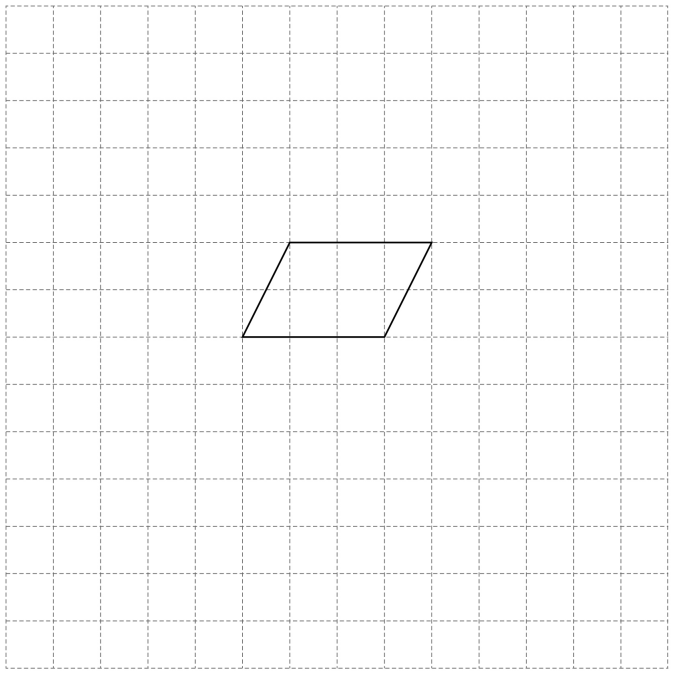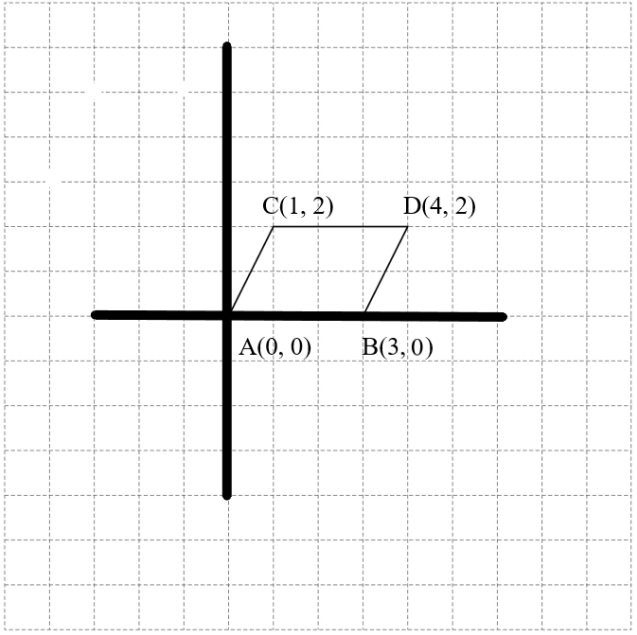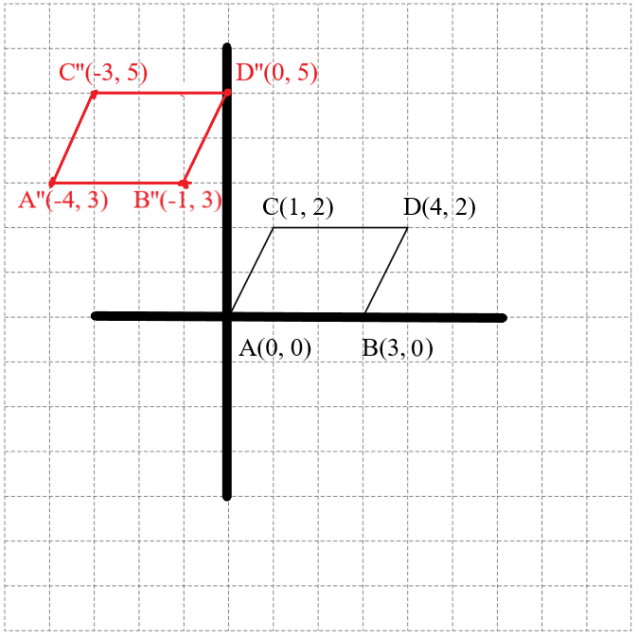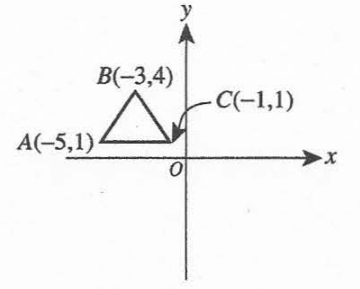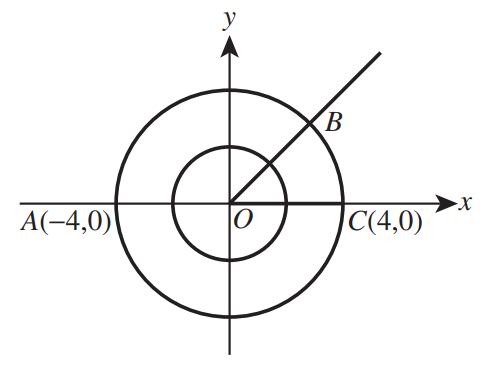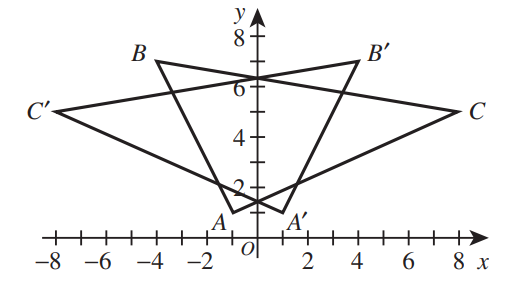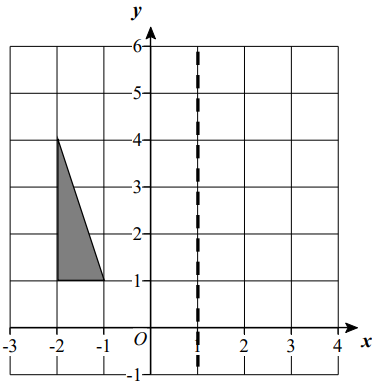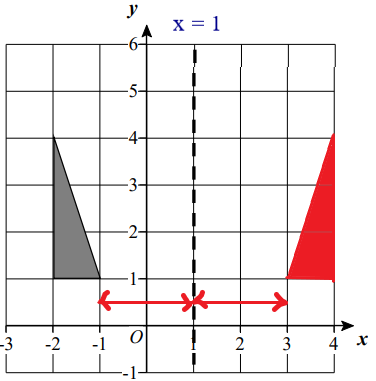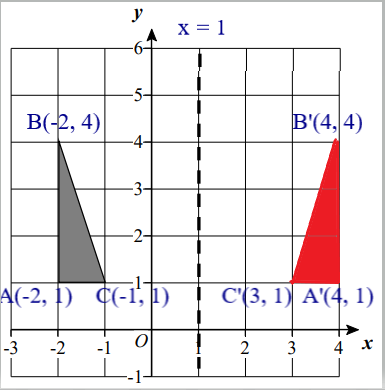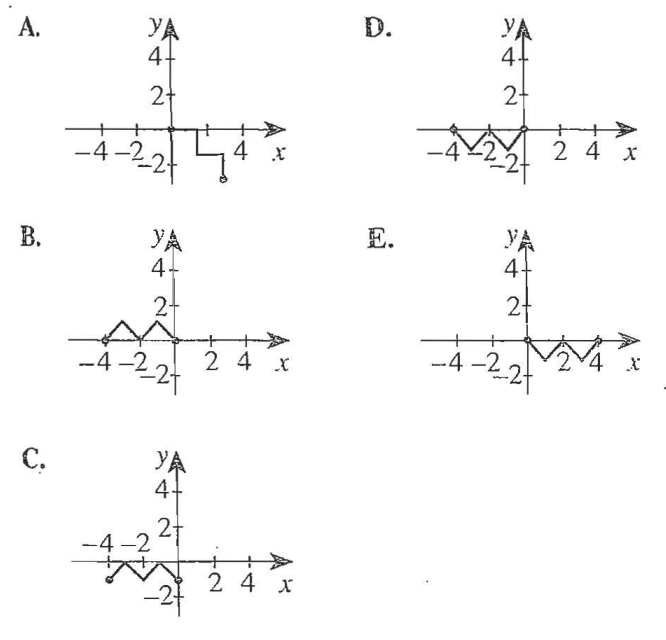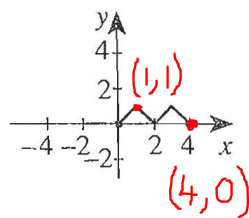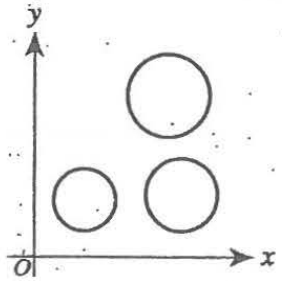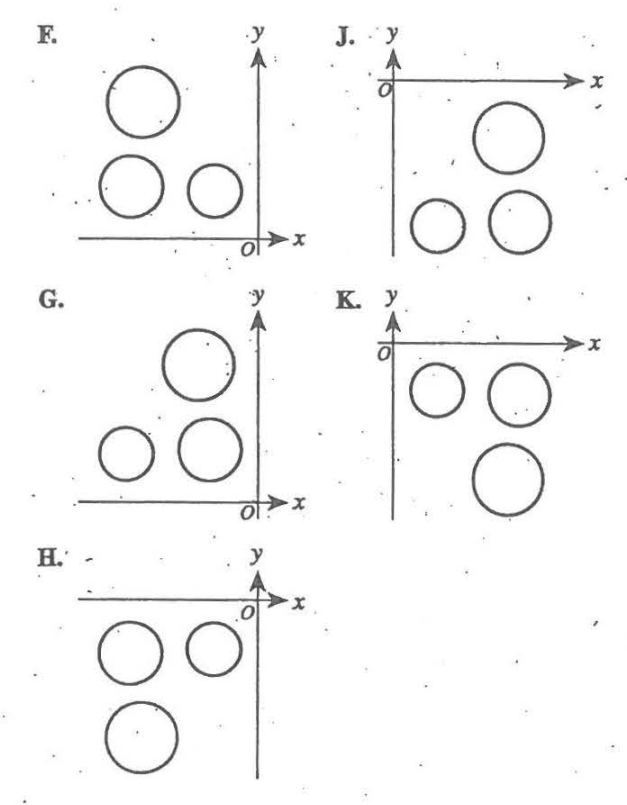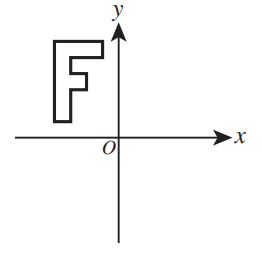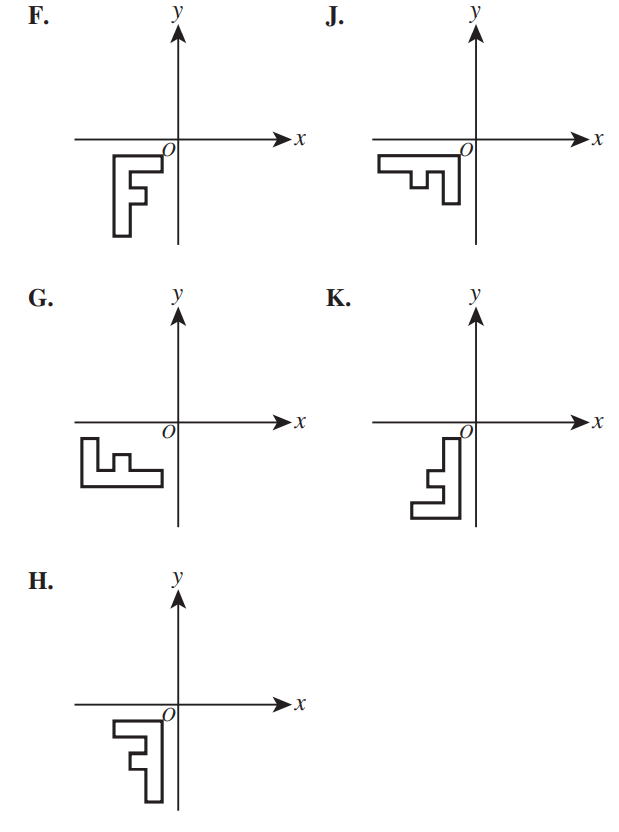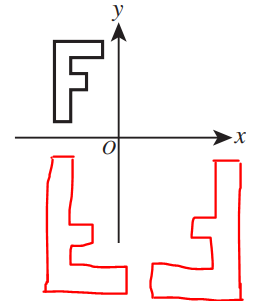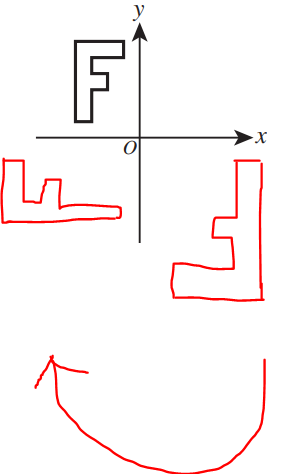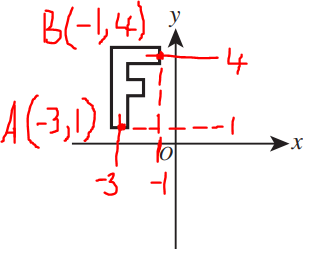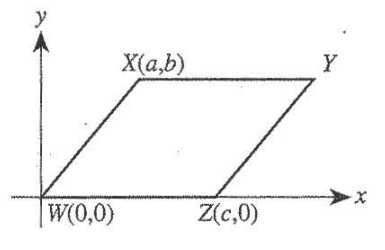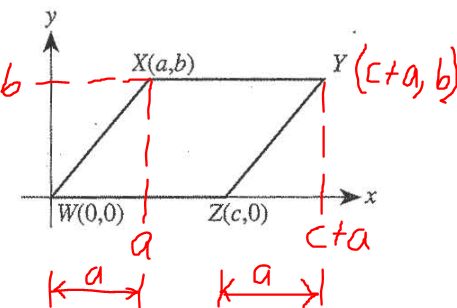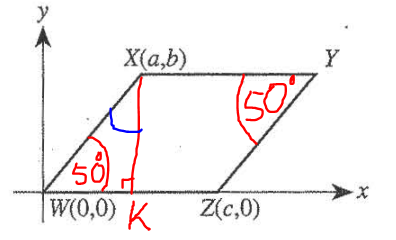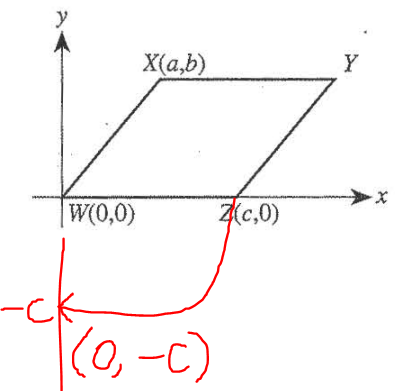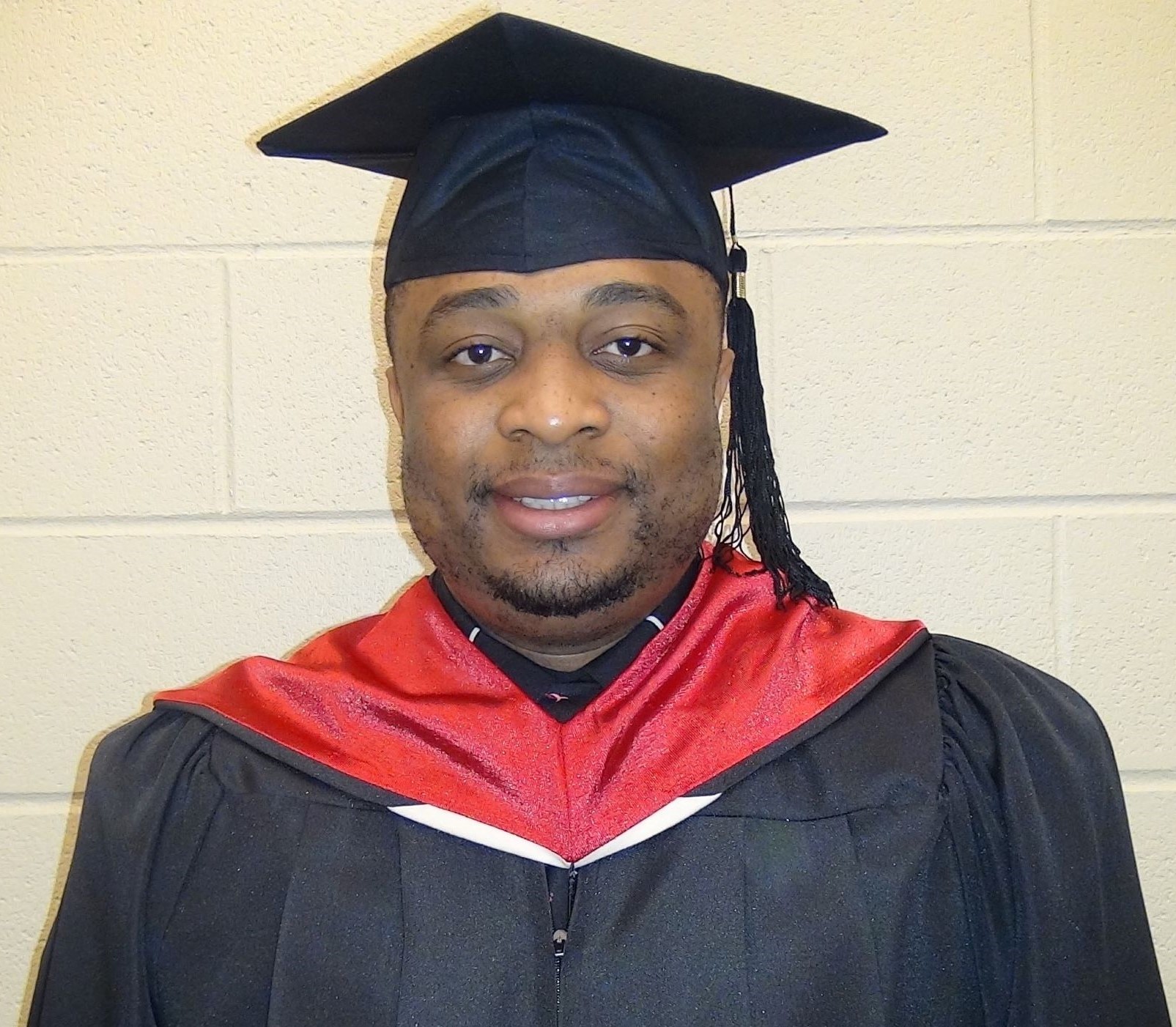 As applicable, verify your answers with the
Geometry Transformations Calculators
As applicable, verify your answers with the
Geometry Transformations Calculators Prerequisite Topics:
(1.) Relations and Functions (Graph)
(2.) Trigonometry (Unit Circle)
(3.) Trigonometry (Trigonometric Identities)
For ACT Students
The ACT is a timed exam...60 questions for 60 minutes
This implies that you have to solve each question in one minute.
Some questions will typically take less than a minute a solve.
Some questions will typically take more than a minute to solve.
The goal is to maximize your time. You use the time saved on those questions you solved in less than a minute, to solve the questions that will take more than a minute.
So, you should try to solve each question correctly and timely.
So, it is not just solving a question correctly, but solving it correctly on time.
Please ensure you attempt all ACT questions.
There is no negative penalty for a wrong answer.
Solve all questions.
You may solve it geometrically by construction, or algebraically by formulas or both.
The method used here is algebraically (by formulas) mainly. The formulas are stated in the Notes.
For some questions, both methods: geometric (by construction) and algebraic (by formulas) methods are used. For those questions, solving it geometrically is highly recommended due to the time constraint in the test.
Show all work.
